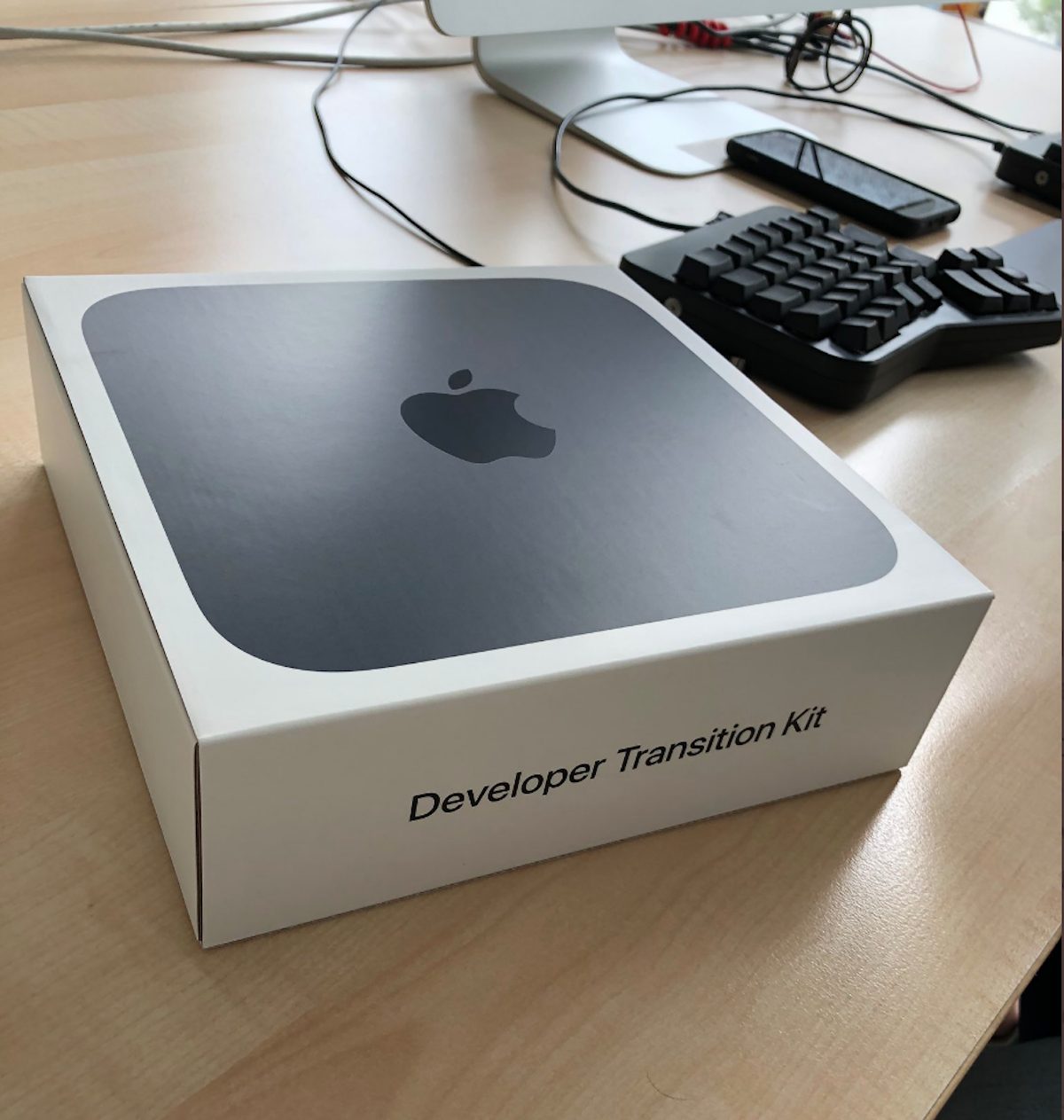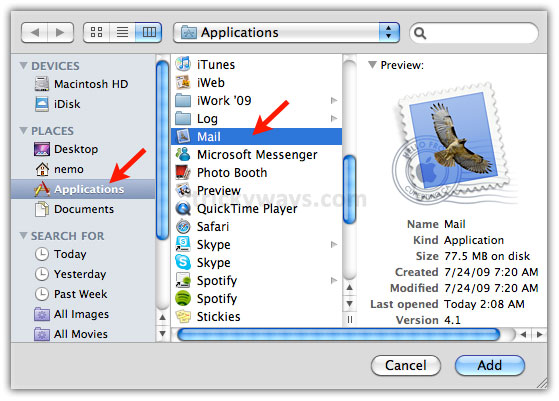- Mac Mini Startup Apps Desktop
- Mac Mini Startup Apps Ios
- Mac Startup Programs
- Mac Mini Startup Options
- Mac Mini Startup Apps Download
To use any of these key combinations, press and hold the keys immediately after pressing the power button to turn on your Mac, or after your Mac begins to restart. Keep holding until the described behavior occurs.
- Command (⌘)-R: Start up from the built-in macOS Recovery system. Or use Option-Command-R or Shift-Option-Command-R to start up from macOS Recovery over the Internet. macOS Recovery installs different versions of macOS, depending on the key combination you use while starting up. If your Mac is using a firmware password, you're prompted to enter the password.
- Option (⌥) or Alt: Start up to Startup Manager, which allows you to choose other available startup disks or volumes. If your Mac is using a firmware password, you're prompted to enter the password.
- Option-Command-P-R:Reset NVRAM or PRAM. If your Mac is using a firmware password, it ignores this key combination or starts up from macOS Recovery.
- Shift (⇧): Start up in safe mode. Disabled when using a firmware password.
- D: Start up to the Apple Diagnostics utility. Or use Option-Dto start up to this utility over the Internet. Disabled when using a firmware password.
- N: Start up from a NetBoot server, if your Mac supports network startup volumes. To use the default boot image on the server, hold down Option-N instead. Disabled when using a firmware password.
- Command-S: Start up in single-user mode. Disabled in macOS Mojave or later, or when using a firmware password.
- T: Start up in target disk mode. Disabled when using a firmware password.
- Command-V: Start up in verbose mode. Disabled when using a firmware password.
- Eject (⏏) or F12 or mouse button or trackpad button: Eject removable media, such as an optical disc. Disabled when using a firmware password.
If a key combination doesn't work
The long ribbon of icons at the bottom of the Mac's screen is called the Dock.
Mac Mini Startup Apps Desktop
If a key combination doesn't work at startup, one of these these solutions might help:
- Be sure to press and hold all keys in the combination together, not one at a time.
- Shut down your Mac. Then press the power button to turn on your Mac. Then press and hold the keys as your Mac starts up.
- Wait a few seconds before pressing the keys, to give your Mac more time to recognize the keyboard as it starts up. Some keyboards have a light that flashes briefly at startup, indicating that the keyboard is recognized and ready for use.
- If you're using a wireless keyboard, plug it into your Mac, if possible. Or use your built-in keyboard or a wired keyboard. If you're using a keyboard made for a PC, such as a keyboard with a Windows logo, try a keyboard made for Mac.
- If you're using Boot Camp to start up from Microsoft Windows, set Startup Disk preferences to start up from macOS instead. Then shut down or restart and try again.
Mac Mini Startup Apps Ios
Remember that some key combinations are disabled when your Mac is using a firmware password.

Learn more
- Learn what to do if your Mac doesn't turn on.
- Learn about Mac keyboard shortcuts that you can use after your Mac has started up.
Adding startup programs in Mac OS X is pretty easy and straightforward. To start off, click on the Apple icon appearing on the top-right corner and then select the option ' System Preferences.' Once the System Preferences window has been opened, find and double-click on the option ' Users and Groups.' How to check startup disk on your Mac. Follow the next steps to see what kind of files eat your startup disk space. Click About This Mac menu at the Apple menu; Click the Storage tab; Review the storage usage to see what files are eating up space. May 17, 2019 There’s an easy way to remove programs from startup and get your Mac to load faster on launch. The fastest way to turn off startup items on Mac is an app like CleanMyMac X. Download CleanMyMac for free. Open Optimization tab. Click on Login items. From the list of apps, disable the ones you don’t need on startup. Note: I have heard that historically the auto startup flag has not persisted in older Apple hardware, but for the new Mac Mini 5,3 and 6,2, they seem to be persisting without any issue from my testing. YMMV depending on your hardware and/or firmware. Stop apps opening on startup on Mac. Checking to see what apps are starting automatically is a breeze. Select the Apple menu and System Preferences. Select Users & Groups and then the Login Items tab in the top center. The list of enabled apps will appear in the center pane. Apps that appear in that center pane will automatically open when you.

I have had issues with my Mac Mini during startup. After Apple logo appears, startup progress bar gets about halfway and then Mac switches off and reboots. I have used the disk utility to check for errors, as well as using the hardware diagnostic tools to check for errors. At this stage no errors evident. During some startup attempts, the Mac reboots and then fan goes into a very high speed.
The only way I've managed to get a successful startup is by running the hardware diagnostic option (pressing 'D' during startup), then allowing the test to run, followed by selecting restart from that window. Mac then reboots, switches off during startup and only then starts up successfully.
Mac Startup Programs
On some occasions, Mac has suddenly shut down whilst it is running and then tries to startup again.
Mac Mini Startup Options
Mac mini
Mac Mini Startup Apps Download
Posted on